
Elsie Jane Wilson was a cinema actress, director, and writer during the early film era. She took part in the productions of the silent film era and starred in over thirty films. Between the years of 1916 and 1919, Wilson was credited for producing, writing two films, and directing eleven films. She was best known in the genres of dramas and comedy dramas.
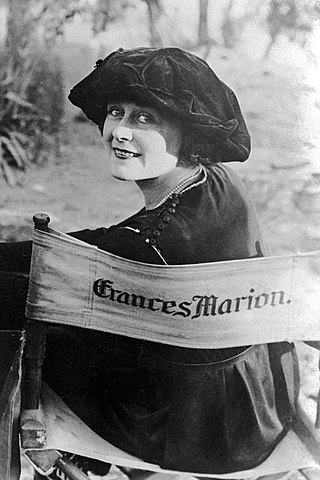
Frances Marion was an American screenwriter, director, journalist and author often cited as one of the most renowned female screenwriters of the 20th century alongside June Mathis and Anita Loos. During the course of her career, she wrote over 325 scripts. She was the first writer to win two Academy Awards. Marion began her film career working for filmmaker Lois Weber. She wrote numerous silent film scenarios for actress Mary Pickford, before transitioning to writing sound films.

Ruth Roland was an American stage and film actress and film producer.

Grace Cunard was an American actress, screenwriter and film director. During the silent era, she starred in over 100 films, wrote or co-wrote at least 44 of those productions, and directed no fewer than eight of them. In addition, she edited many of her films, including some of the shorts, serials, and features she developed in collaboration with Francis Ford. Her younger sister, Mina Cunard, was also a film actress.
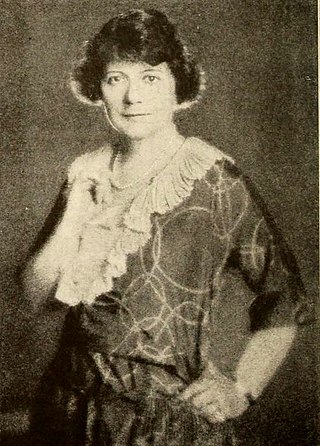
Marion Fairfax was an American screenwriter, playwright, actress, and producer.
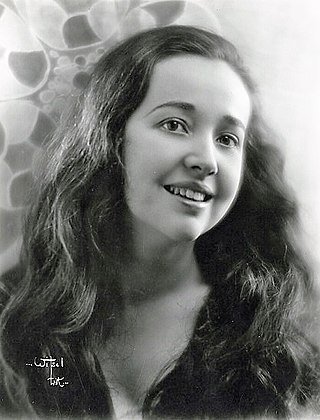
Helen Jerome Eddy was a motion picture actress from New York City. She was noted as a character actress who played genteel heroines in films such as Rebecca of Sunnybrook Farm (1917).
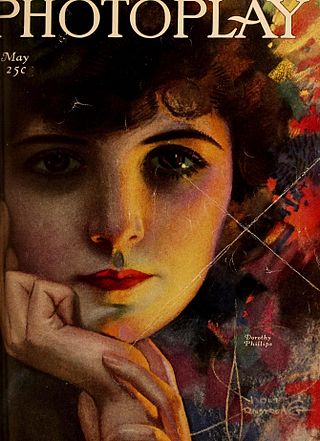
Dorothy Phillips was an American stage and film actress. She is known for her emotional performances in melodramas, having played a number of "brow beaten" women on screen, but had a pleasant demeanor off. She garnered little press for anything outside of her work.
Sonia Karlov was an American dancer, stage, and motion picture actress from Syracuse, New York. Her birth name was Alma Jeanne Williams.
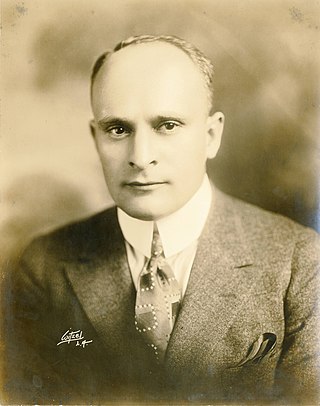
Charles Gardner Sullivan was an American screenwriter and film producer. He was a prolific writer with more than 350 films among his credits. In 1924, the magazine Story World selected him on a list of the ten individuals who had contributed the most to the advancement of the motion picture industry from its inception forward. Four of Sullivan's films, The Italian (1915), Civilization (1916), Hell's Hinges (1916), and All Quiet on the Western Front (1930), have been listed in the National Film Registry.

Miriam Battista was an American actress known principally for her early career as a child star in silent films. After gaining notice in Broadway theatre at the age of four, she was cast in films the same year. Her most famous appearance was in the 1920 film Humoresque in which she played a little girl on crutches. As an adult, Battista acted in Italian-language films in the 1930s, and she appeared in Broadway productions. She wrote, sang, composed music, and co-hosted a television talk show with her second husband.

Shoes is a 1916 silent film drama directed by Lois Weber and starring Mary MacLaren. It was distributed by the Universal Film Manufacturing Company and produced by Bluebird Photoplays, a subsidiary of Universal based in New York City and with access to Universal's studio facilities in Fort Lee, New Jersey as well as in California. Shoes was added to the National Film Registry in 2014.

Alice D. G. Miller was an early American screenwriter. She was sometimes erroneously credited as Alice Duer Miller, another writer of no relation.
Frances Kavanaugh was an American screenwriter known for penning B-Westerns.
Laura Kerr was an American literary agent and screenwriter. She and her second husband, Allen Rivkin, wrote several screenplays together in the 1940s and 1950s.
Sylvia Thalberg was an American screenwriter. Her brother was film producer Irving Thalberg.

Nan Blair, born Clyte Cosper, was an American screenwriter and literary agent active primarily during Hollywood's silent era.
Ella Stuart Carson was an American screenwriter active during Hollywood's early silent days.
Kate Corbaley was a pioneering American screenwriter and development executive active from the silent era through her death in the 1930s.

Ruth Cummings was an American screenwriter and actress active from the 1910s through the 1930s. She was married to actor-director Irving Cummings in 1917, and they had a son, screenwriter Irving Cummings Jr.
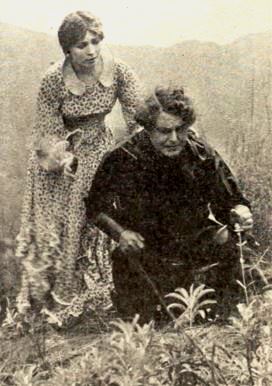
Mary Mersch, sometimes credited as May Mersch, was an American actress active from the silent era up to 1938. She was under contract with Fox, and often worked with directors like William Farnum and Frank Lloyd.













